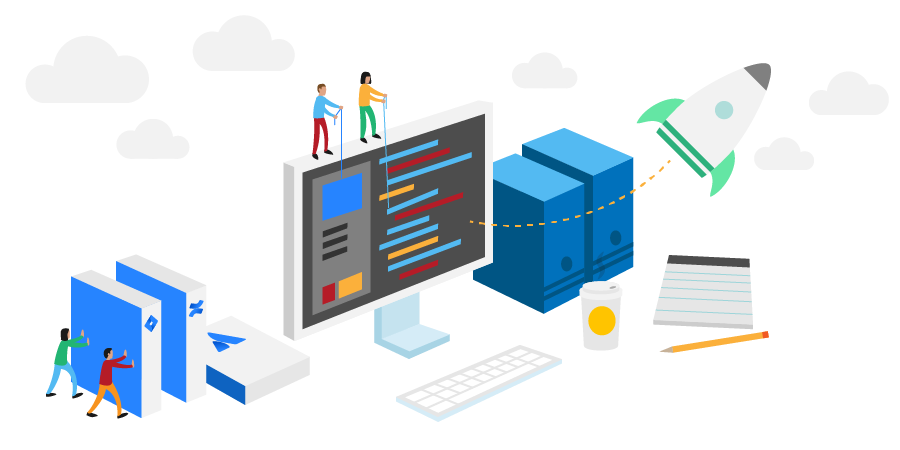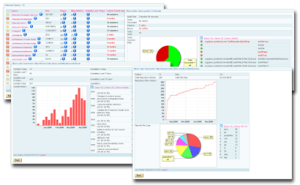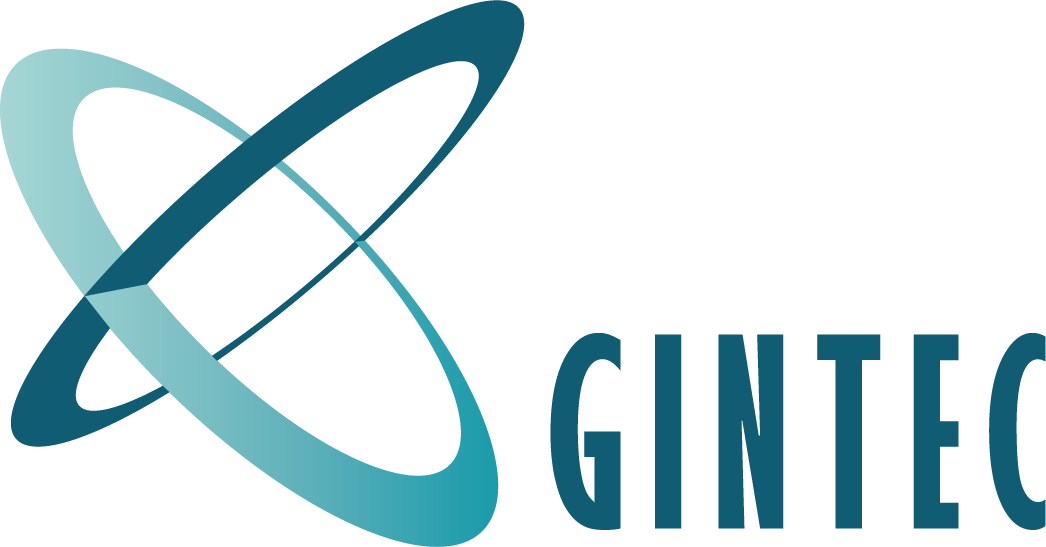
Atlassian Products
Confluence
Confluence provides you with a central platform in the company where all employees of a team can exchange ideas and access documents at the same time. Access authorisations and versioning enable you to make specific changes and create joint final versions
- Accelerates the creation of joint documents, for instance marketing concepts, offers for customers, technical specifications, etc.
- Reduces the cost of managing joint documents
- Offers a wide variety of search functions and thus provides immediate access to the entire information.
- Allows separate administration of individual areas, e.g. for sales, marketing, admin, development, etc
Jira Core and Jira
Jira Core is a tool that enables significant improvement in time, resources and costs of each project by increasing transparency and active project controlling. Workflows are documented and offer the possibility to make all activities in the project transparent. The Jira software makes it possible to systematically record, evaluate and to track changes so that they do not endanger the success of a project. Projects are supported with recognised best practices. Companies thus achieve:
- Improved project and change management
- Active project control
- Greater transparency
- Effective communication
Jira Change Management Process
Three types of changes:
- Changes that are made within a defined framework of administrative activities. These are activities that are triggered by a customer request, such as creating users, setting up scripts, and so on.
- Changes that are required from system operation and are within the scope of defined administrative tasks for system maintenance, for instance importing new releases or patches, installing a plug-in, etc.
- Changes that cause complex changes in the customer’s configuration which are risky and can lead to service interruptions, for instance replacing the application platform, installing a new application, etc
The standard change process is divided into minor changes and major changes. Minor and major changes differ principally in the risk assessment and in the weighting of the impact of the proposed change. From this, lead times and processing times are derived. The change starts with the change request by the customer. The customer must indicate the description of the change request, the latest point in time for implementing the change and the reason for the change. Based on this data, the service manager creates a change plan. If important information is missing, the service manager will obtain it from the customer. Once the planned changes have been approved by the customer, the planned measures are carried out.
Jira Service Desk
is a service management solution that IT and IT service teams can use to structure and automate the IT support process.
Gintec Atlassian Service Desk

- Atlassian applications are usually embedded in the customer’s IT landscape.
- Although the license fees are comparatively low, the applications support essential customer functions.
- In order to guarantee a high degree of reliability, Gintec supports customers within the framework of the Atlassian customer service, which essentially consists of the processes problem management and change management.
Bamboo
is used for the integration and deployment of the software and for the release management (or delivery also).
- Automated builds, tests, and publications
- Integration and testing of software in all programming languages
Bitbucket
is a repository for softare configuration management and is based on the open software tool GIT.
- Easy version management
- Simultaneous processing of source codes
Problem Management
- Gintec operates a problem management system for all Atlassian applications within the scope of its services. Problems are considered to be incidents or faults with unknown causes that cannot be remedied by the customer.
- The main task of problem management is to diagnose the customer’s incoming problems, identify their cause and develop a solution or workaround that is acceptable to the customer.
- The steps planned in the Gintec Problem Management process are performed by the roles problem manager and problem analyst.
- The problem manager is responsible for managing and coordinating all activities in order to identify the cause of a problem, to work out a solution proposal, to propose preventive measures and to introduce them to the customer within the framework of change management.
- The problem analyst supports the process with well-founded Atlassian know-how. The problem analyst identifies and analyses problems and causes on the basis of the fault, develops temporary solutions and is in intensive contact with second and third-level support at Atlassian
Gintec provides the following for you:
Problem Management Prozess entwickelt, der bei Bedarf der Kunden dynamisch angepasst werden kann.
The Gintec Atlassian customer service is managed by an experienced project manager (GPM certificate level 3). The analysts and service staff have the following skills and experience:
- Long-standing experience in the IT environment
- Technical know-how in
– Windows system operation
– Linux/Unix system operation - Familiar with Atlassian applications
- Experience with handling escalations and crisis situations
- ITIL basic training
Gintec has developed its own problem management process derived from ITIL and based on years of experience and a wide range of lessons learned in the provision of IT services.
